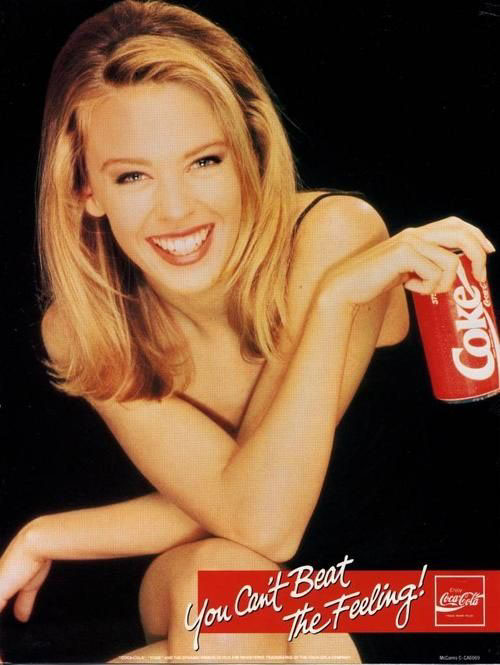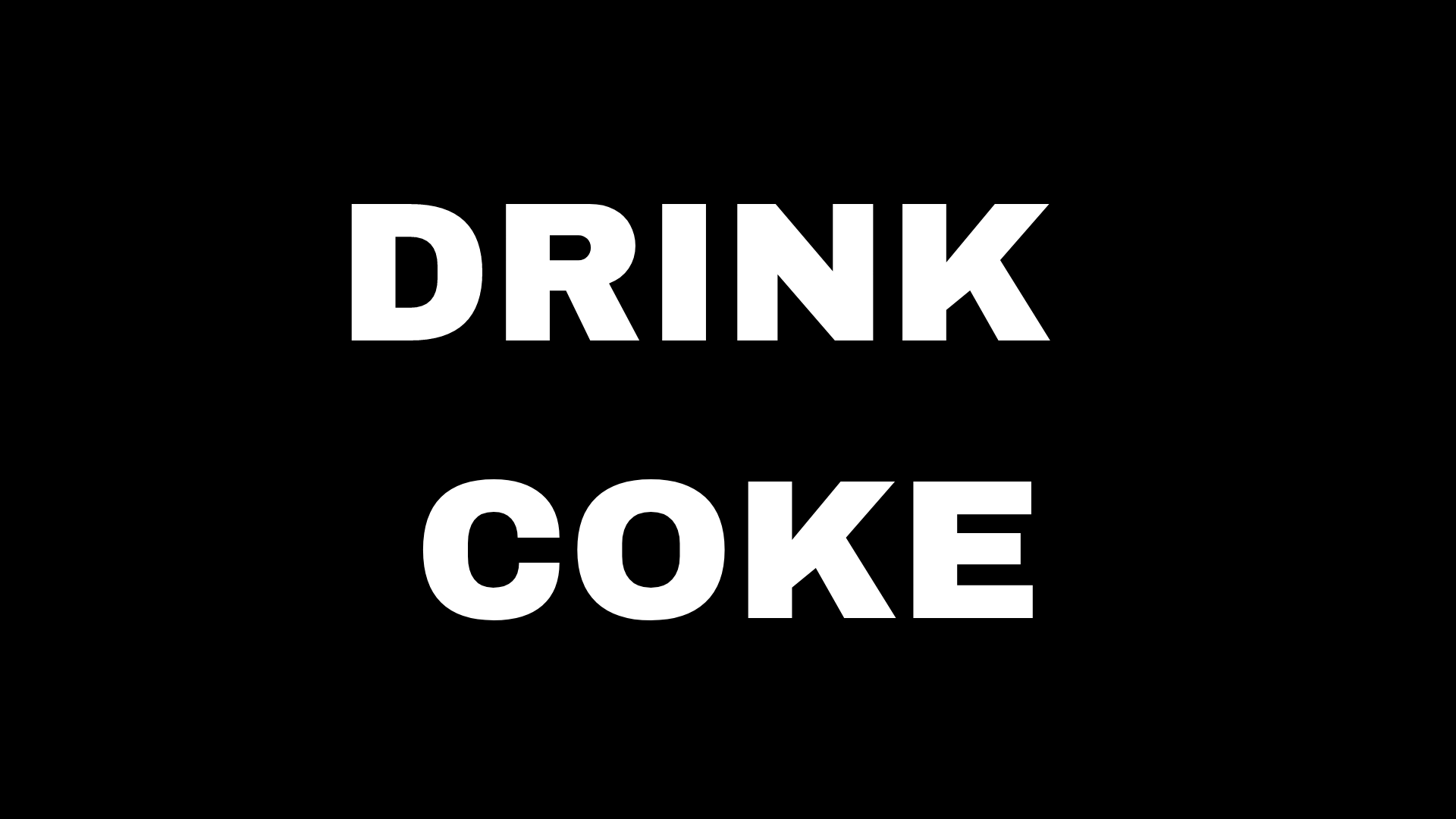Subliminal advertising, introduced by market researcher James Vicary, is a form of advertising that targets the user’s subconscious mind. It relies on specific pictures, colors, sounds, or shapes underneath the primary message that escape our consciousness. The central idea behind subliminal advertising involves triggering the customer’s subconscious mind effectively to invoke an intense ‘need’ to buy.
Advertising and Marketing Over the Years
Newspapers and magazines are the earliest known marketing medium, mainly advertising medicines and books. Soon, products like tobacco, beverages, and famed brands emerged. Images, catchphrases, and slogans seemed to have a notable effect on the audience and in differentiating the product.
Some of the most well-known brands started advertising during this era and have reaped massive benefits since, such as Coca-Cola. Meanwhile, studies were being actively carried out on the impact of advertisements on the human mind.



In the 1920s, the invention of the radio opened new avenues for marketing. The most potent influence of advertising can be seen in the post-World War II era. So much so that the 1950s are remembered as the Golden Age of Marketing.
Public morale collapsed post War and the US went into the Great Depression. Marketing tactics involved sending out advertisements with a message of hope and optimism, substituting despair with material comforts.
The 1980s brought Cable TV. Ads now featured celebs and colorful videos, vastly boosting sales. With the dawn of the Internet and search engines like Google, advertising reached new heights. Advertising has become so much more personal and interactive today with these cookies, Instagram algorithms, Facebook ads, Youtube ads, Google ads, and the like.
Subliminal advertising started in 1957 when a market researcher inserted the words “Eat Popcorn” and “Drink Coke” in a movie. The words flashed long enough to have an impact on the audience’s subconscious but not long enough for them to be aware of it.
The Conscious and the Subconscious
An easy way of understanding the Conscious and Subconscious could be through the multiple tabs running on your browser. You might have opened several tabs while surfing the internet— YouTube, shopping sites, video games, “what’s my clown type” quizzes, NetFlix, etc. Can you take in the information from these tabs all at once? As you engage with this article on one tab, other tabs move to the background in your mind, out of your immediate awareness.
Our conscious mind can hold only one thought at a time. The tabs in the background represent your Subconscious. It contains thoughts and feelings that we’re not aware of in a moment but can bring to consciousness at our will—by switching the tab.
Perception mainly occurs at the subconscious level. It begins with our five senses. As you read this article, you continue to receive cues from your eyes, nose, ears, etc. Since our Conscious mind cannot process the information from all five senses simultaneously, our mind attends to one of these cues. We then try to make sense of the data and respond to it based on our motives, experiences, trends, and other factors. The excess information stays in our subconscious If it is relevant and practical, it stays in our Subconscious.
Targeting the Subconscious
Our Conscious mind tends to perceive only factual information and patterns, while the abstract is overlooked. It is the Subconscious that stores and processes this abstract information. Research reveals that our Conscious mind only processes 8% of an ad. The Subconscious is more efficient in terms of information processing. It holds abstract details and revisits them from time to time.
Do you wonder why ads these days seem to be designed to appeal to our emotions? It is because emotions have a powerful effect on decision-making. Since our memories and emotions are held in the Subconscious, it constantly affects the ‘conscious’ decisions we make.
The two parts of the mind work together, not one overpowering the other. The ads must appeal to both parts of the mind for an effective outcome. Think of the Conscious drawing the big picture, which the Subconscious fills in with details.
Some Subliminal Advertising Methods
Visual
* Hidden message in a logo.
Example— Amazon’s logo with an arrow starting at the ‘A’ up to the Z. On the first look, it appears to be a smiley. However, the arrow indicates that Amazon delivers all products from ‘A’ to ‘Z’. Another example is Baskin Robbins hiding a ‘31’ in their logo, indicative of their range of flavors.
* Flashes are embedded in a video or image within an image.
The use of specific Colours or Tones influences the audience’s mood. Red is considered to be the color of excitement, power, and joy. Leading Brands like KFC, McDonald’s, and Wendy’s use Red in their logos. On the other hand, blue is considered a more formal and stable color used by firms like LinkedIn, Samsung, Twitter, and Forbes.
Auditory
* Audios of lower volume are inserted into the primary audio.
The frequency of these hidden audios goes unnoticed by the Conscious and can only be perceived by the Subconscious. Another trick used is Backmasking, wherein an audio playing backward is inserted into a forward playing track.
Is Subliminal Marketing Always Ethical?
Advertising is based on the principle of ‘choice’. Ads are meant to only probe customers towards choosing one product over another. Subliminal messaging eliminates the aspect of choice. It aims at triggering a subconscious desire without conscious awareness.
There are speculations about Subliminal messaging being an effective marketing strategy. Take the example of Vicary’s experiment. He claimed to have considerably increased the sale of Popcorn and Coca-Cola by inserting 0.3 seconds of flashes saying ‘Drink Coca-Cola’ and ‘Hungry? Eat Popcorn’ at a movie screening. The figures were later proved to be false.
Further research found that subliminal advertising worked only when buyers had the prior intention of buying the product; it could not induce the need. It cannot generate the desire for a particular beverage if you’re not thirsty. It can only influence your decision to choose one drink over another.
Yet, it comes with a risk of ethical breaches. At its core, it is a manipulation of consciousness. Several countries have banned subliminal advertising for the possibility of advertising products without viewers’ consent. It can trigger impulses that the consumers fail to account for on the conscious level, and can also advertise an altogether different product.
Where Do We Draw the Line?
In his NY Times Magazine article ‘Get Out of My Subconsciousness’, Chuck Klosterman points out that the determining factor in subliminal messaging is the ‘motive’. The motive must comply with the message. A company advertising ‘Sugarfree’ should subliminally also advertise the same product, rather than secretly marketing desserts!
Even though the effectiveness of Subliminal Advertising is debatable, customer rights need to be protected. Advertisements should be subtle and clever, leaving the buyer feeling rewarded. Trust and customer loyalty are the foundation of growth for any business; they’re built when the consumers are left with a sense of reward.
Written by Kriti Pant,
Edited by Krishna Rathore and Suranjan Das.
